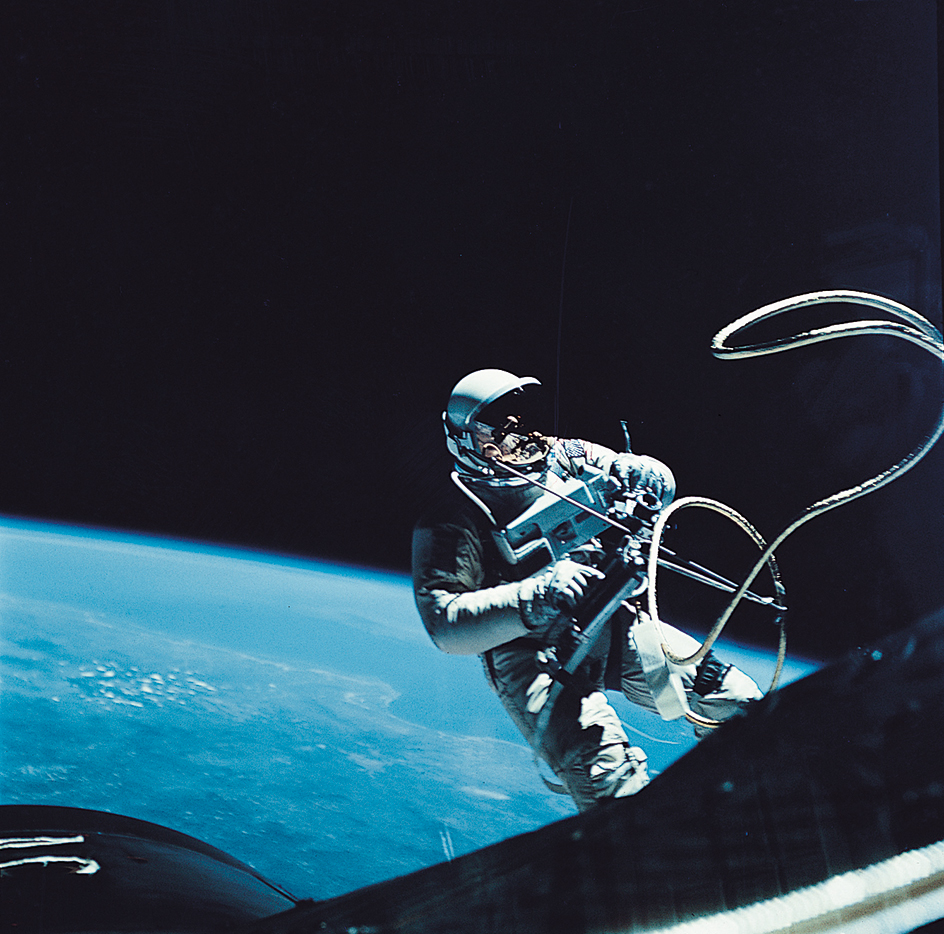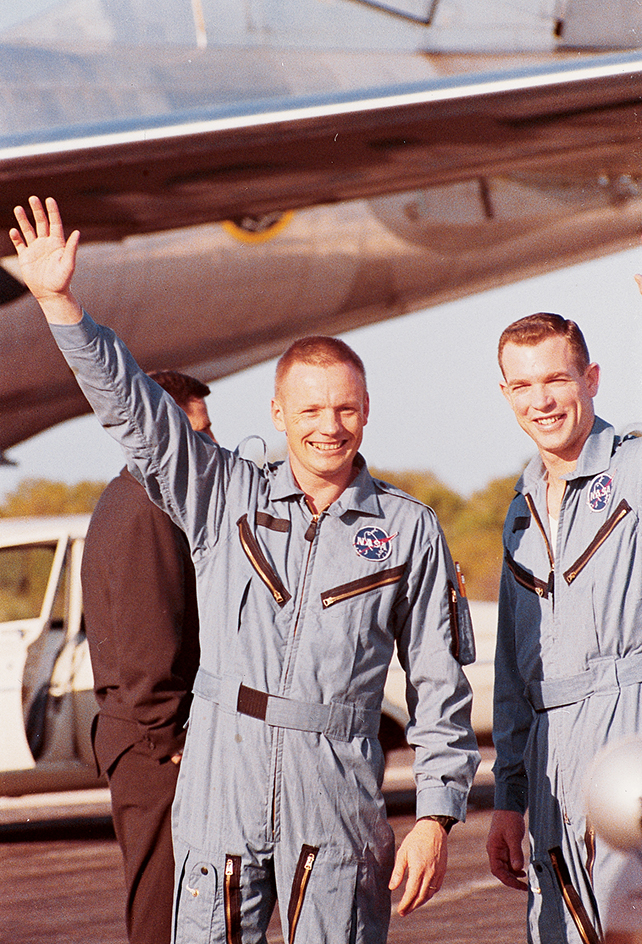Gemini was the second United States program to send humans into space. It was also the first to send two people in a single craft. It followed the first U.S. space program, called Mercury. The Mercury craft carried only one astronaut. Gemini carried two astronauts side by side in a small capsule. Gemini was run by the National Aeronautics and Space Administration (NASA). The program began with two unpiloted missions. Ten piloted Gemini missions flew between March 23, 1965, and Nov. 15, 1966.

NASA mainly used the Gemini missions to prepare for the Apollo missions to the moon. A major goal was to support astronauts in space for a length of time sufficient for a moon mission. Gemini also developed the rendezvous and docking techniques needed for a lunar mission. In addition, project members learned to land the craft in a fairly precise ocean landing zone. However, one primary goal of the missions, a capsule landing on dry land, was later abandoned.
The project achieved many U.S. firsts. The first U.S. spacewalk was conducted by astronaut Edward H. White II. It happened during Gemini 4 on June 3, 1965. The first U.S. rendezvous of two piloted spacecraft—Gemini 6A and Gemini 7—occurred on Dec. 15, 1965. Gemini 7 lasted two weeks, from December 4 to 18. Gemini 8 and an unpiloted vehicle became the first U.S. spacecraft to dock on March 16, 1966. The Gemini flights also encountered several problems. They included a loss of control on Gemini 8. That problem forced astronauts Neil A. Armstrong and David R. Scott to make the first emergency landing of a piloted U.S. spacecraft on March 17, 1966. 
The Gemini missions gave many early U.S. astronauts valuable flight experience. Of the 16 astronauts selected for Gemini, only one, Mercury astronaut Gordon Cooper, would not participate as an astronaut in the Apollo project.
